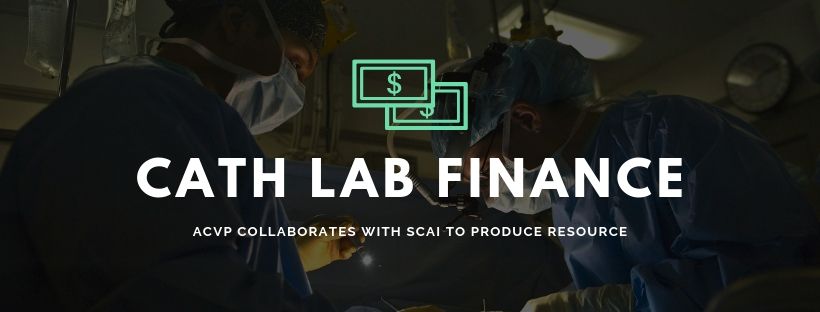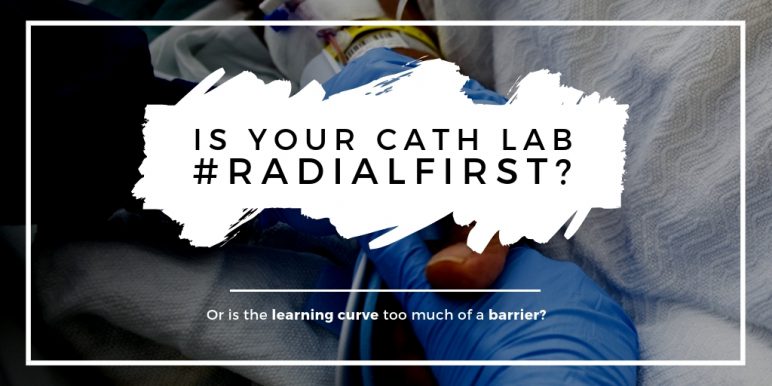A collaboration between the Society for Cardiovascular Angiography and Interventions and the Alliance of Cardiovascular Professionals produced an expert consensus statement outlining the general principles of cath lab finance - crucial considerations for cath lab managers and all cath lab staff.
The document was published online last week in the SCAI's Catheterization and Cardiovascular Interventions journal and endorsed by ACVP.
In a SCAI-TV video interview, James C. Blankenship MD. MHCM, MSCAI and Peter L. Duffy MD, MMM, FSCAI described the crucial importance of understanding cath lab finance and its impact on quality patient care.
"As we see health care evolving with new payment mechanisms coming on board, the incentives are going to change and the way that cath labs operate is going to have to change as well," said Dr. Blankenship. "Cath lab directors need to be able to talk to their administrative partners about the financial aspects of this and be able to advocate for patient care, which is sometimes more expensive, and make sure that they keep the cath lab solvent financially."
ACVP's Collaboration with SCAI "Critically Important"
When asked about the collaboration with ACVP, Dr. Duffy explained that involving both physicians and non-physicians, managers and administrators was "critically important" in producing this resource.
Continue reading Understanding Cath Lab Finance: ACVP Collaborates with SCAI to Produce Resource

